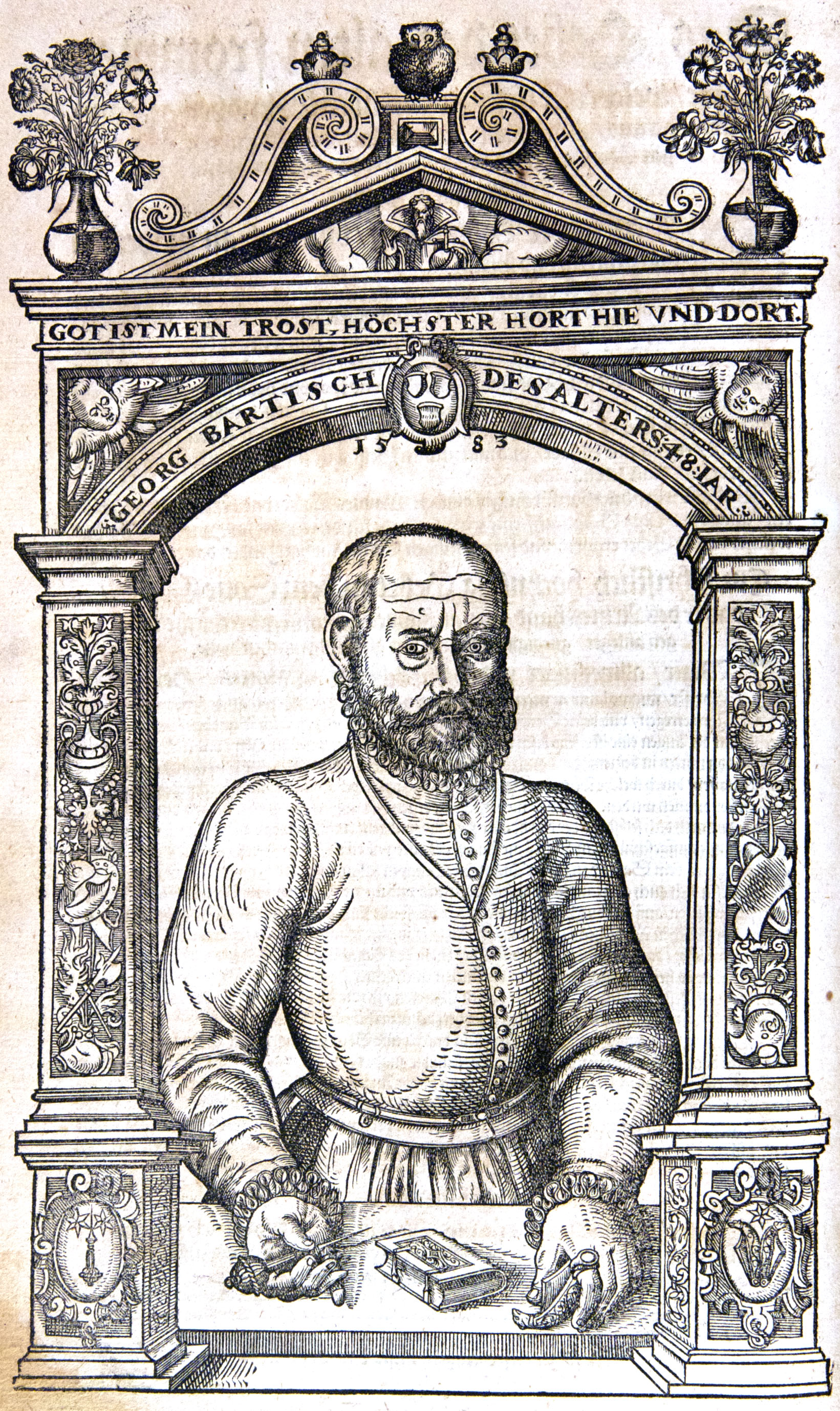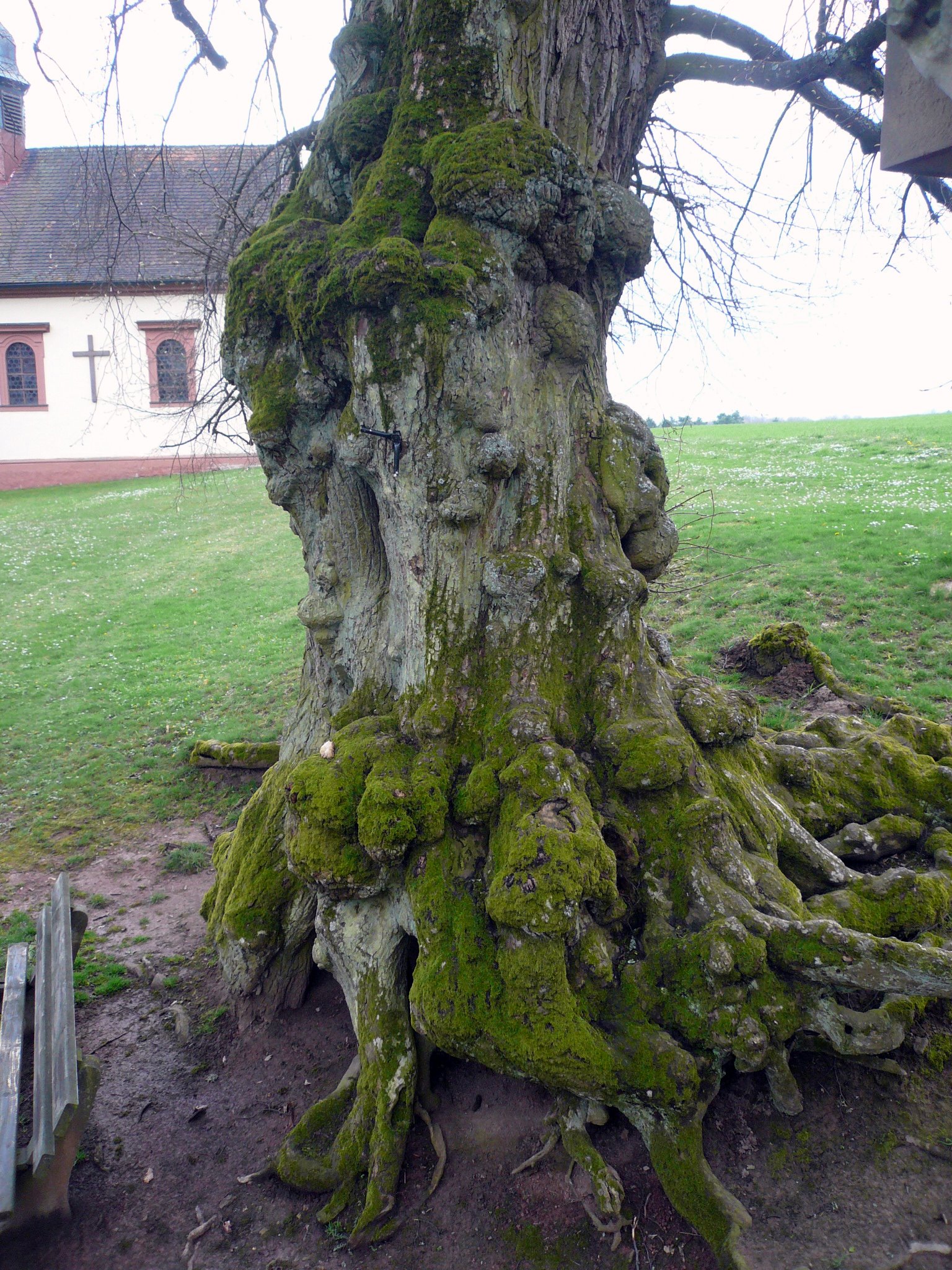|
Kamenz (district)
Kamenz (, ) was a Kreis (district) in the north-east of Saxony, Germany. Neighboring districts were (from north clockwise) Oberspreewald-Lausitz, Spree-Neiße, Niederschlesischer Oberlausitzkreis, Bautzen - Budyšin, Sächsische Schweiz, the district-free city Dresden - Drježdźany, and the districts Meißen and Riesa-Großenhain. The district-free city Hoyerswerda was surrounded by the district. History The district was formed in 1994 from the previous Kamenz district, the northern parts of the Dresden-Land district, around Radeberg, and the Hoyerswerda district, except the town of Hoyerswerda, which became a district-free city. From 1994 to 1996 it was called ''Westlausitz - Dresdner Land'', but then renamed to ''Kamenz'' again. In August 2008, the Kamenz district and Hoyerswerda were merged into the district of Bautzen. Geography The two major rivers in the district were the Spree and the Schwarze Elster (''Black Elster''). Partnerships Since December 14, 19 ... [...More Info...] [...Related Items...] OR: [Wikipedia] [Google] [Baidu] |
Kamenz
Kamenz () or Kamjenc ( Sorbian, ) is a town (''Große Kreisstadt'') in the district of Bautzen in Saxony, Germany. Until 2008 it was the administrative seat of Kamenz District. The town is known as the birthplace of the philosopher and poet Gotthold Ephraim Lessing and Bruno Hauptmann, convicted kidnapper of the Lindbergh baby. It lies north-east of the major city of Dresden. Geography This small town is located in the west of the Upper Lusatia historic region ( West Lusatia), about northeast of Dresden and about northwest of Bautzen. Situated on the Black Elster river, between the West Lusatian Hills and the Lusatian Highlands rising in the south, the town was built on greywacke and granite rocks which were mined here for centuries. Kamenz railway station is the terminus of Lübbenau–Kamenz and Kamenz–Pirna railway lines. It is served by ''Regionalbahn'' trains from Dresden Hauptbahnhof, operated by the Städtebahn Sachsen. The Hutberg hill west of the town centre, ... [...More Info...] [...Related Items...] OR: [Wikipedia] [Google] [Baidu] |
Alzey-Worms
Alzey-Worms () is a district in Rhineland-Palatinate, Germany. It is bounded by (from the east and clockwise) the district Groß-Gerau (district), Groß-Gerau (Hesse), the city of Worms, Germany, Worms and the districts of Bad Dürkheim (district), Bad Dürkheim, Donnersbergkreis, Bad Kreuznach (district), Bad Kreuznach and Mainz-Bingen. History The territory was in Roman Empire, Roman times part of the province of Germania Superior. The towns of Worms and Alzey go both back to Roman military camps. In medieval times the region was part of the Electorate of the Palatinate. After the Cisrhenian Republic, French occupation (1797–1814) it was incorporated into the Grand Duchy of Hesse and formed a part of its province Rhenish Hesse. Two districts named Alzey and Worms were established in 1835. In the reorganisation of the districts of Rhineland-Palatinate in 1969 the new district of Alzey-Worms was formed by merging parts of the former districts. Geography The district is na ... [...More Info...] [...Related Items...] OR: [Wikipedia] [Google] [Baidu] |
Wittichenau
Wittichenau ( German) or Kulow ( Upper Sorbian, ) is a bilingual town in the district of Bautzen in the Free State of Saxony, Germany. It is situated on the river Schwarze Elster, 6 km south of Hoyerswerda. This small municipality is situated in the heart of bilingual Lusatia region which was for long centuries part of the Bohemian Crown and was passed to Saxony in 1635. Wittichenau has 6,300 inhabitants of whom the Sorbian-speaking, Slavic Lusatian population compose about 35-40%; the other 60-65% speak German. It is part of the recognized Sorbian settlement area in Saxony. Geography File:Pfarrkirche Wittichenau 4.JPG, Pfarrkirche Wittichenau File:Ev Kirche Wittichenau 4.JPG, Protestant church in Wittichenau File:Markt Wittichenau 2.JPG, Saxon post milestone File:Krabatsäule Wittichenau.JPG, Column for the title character of '' Krabat'' File:Neudorfer Weg 1 Wittichenau 2.JPG, School in Wittichenau Notable people * Georg August Swotlick (1650-1729), translated t ... [...More Info...] [...Related Items...] OR: [Wikipedia] [Google] [Baidu] |
Pulsnitz
Pulsnitz (German, ; Upper Sorbian name: ''Połčnica'', ) is a town in the district of Bautzen, in the Free State of Saxony, in eastern Germany. It is situated on the small river Pulsnitz, 11 km southwest of Kamenz, and 24 km northeast of the centre of Dresden. History Initially a Sorbian stronghold and settlement, it was first mentioned in 1225. It was granted town rights in 1375. It was raided by the Hussites in 1429. Pulsnitz became famous for its Pfefferkuchen, a type of Christmas cookie, when in 1558 the bakers of Pulsnitz received permission to bake them. Today there are still eight ''Pfefferküchlereien'' bakeries. In 1745 the ''Pfefferküchler'' Tobias Thomas was known to be practising his craft in Pulsnitz as well as in Toruń, Poland, where the famous Toruń gingerbread were made. Pulsnitz is informally known as ''Pfefferkuchenstadt'' meaning "Gingerbread Town". Other crafts also developed, with a linen weavers' guild founded in 1597, and the first local ... [...More Info...] [...Related Items...] OR: [Wikipedia] [Google] [Baidu] |
Lauta
Lauta (German) or Łuty (Upper Sorbian, ) is a town in the district of Bautzen, in Saxony, Germany. It is situated in Lower Lusatia, 10 km west of Hoyerswerda, and 10 km southeast of Senftenberg. History From 1815 to 1945, within the Prussian Province of Brandenburg, Lauta was part of Landkreis Calau. From 1945 to 1952, it was part of Brandenburg. From 1952 to 1990, within the East German Bezirk Cottbus, it was part of Kreis Hoyerswerda. With German reunification in 1990, it became part of Saxony Saxony, officially the Free State of Saxony, is a landlocked state of Germany, bordering the states of Brandenburg, Saxony-Anhalt, Thuringia, and Bavaria, as well as the countries of Poland and the Czech Republic. Its capital is Dresden, and .... File:Wasserturm Lauta.jpg, Watertower File:Katholische Kirche Lauta.JPG, Catholic church File:Wohnsiedlung Schmuckhof Lauta.JPG, Housing complex File:Gedenkstein Erika-Laubusch 1.JPG, Monument in Laubusch, district of Lauta ... [...More Info...] [...Related Items...] OR: [Wikipedia] [Google] [Baidu] |
Königsbrück
Königsbrück (Upper Sorbian language, Upper Sorbian name: ''Kinspork'', ) is a town in the Bautzen (district), Bautzen district, in Saxony, in eastern Germany. It is situated west of Kamenz, and northeast of the Saxon capital Dresden. Königsbrück is known as the western gate of the historic Upper Lusatia region. History First mentioned in 1248 the settlement arose around a fortress in the Lands of the Bohemian Crown, Bohemian crown land of Upper Lusatia where the ''Via Regia'' trade route crossed the border with the Margraviate of Meissen. First mentioned as a town in 1331, Königsbrück from 1562 was the administrative centre of a Bohemian state country (''Freie Standesherrschaft''), which passed under the suzerainty of the Electorate of Saxony, Saxon Electorate according to the 1635 Peace of Prague (1635), Peace of Prague. One of two main routes connecting Warsaw and Dresden ran through the town in the 18th century and Kings Augustus II the Strong and Augustus III of Poland ... [...More Info...] [...Related Items...] OR: [Wikipedia] [Google] [Baidu] |
Großröhrsdorf
Großröhrsdorf (; ) is a town in the district of Bautzen, in the eastern part of Saxony, Germany. It is situated 12 km west of Bischofswerda, and 22 km northeast of Dresden. The town extends for about 4 km along the old post road that runs through it. History From 1952 to 1990, Großröhrsdorf was part of the East German Bezirk Dresden The Bezirk Dresden was a district (''Bezirk'') of East Germany that lasted from 1952 to 1990. Dresden would be reabsorbed back into Saxony after the reunification of Germany. The administrative seat and the main town was Dresden. History The di .... References Populated places in Bautzen (district) {{Bautzen-geo-stub ... [...More Info...] [...Related Items...] OR: [Wikipedia] [Google] [Baidu] |
Elstra
Elstra () or Halštrow ( Upper Sorbian, ) is a town in the district of Bautzen, in Saxony, Germany. It is situated on the river Schwarze Elster, 6 kilometres southeast of Kamenz, and 34 kilometres northeast of Dresden. The name "Elstra" stems from the river Schwarze Elster, which rises in the district Kindisch. The city has only about 2,000 citizens and is one of the smallest cities in Germany. The whole municipality has 2,807 citizens (in 2016). It is part of the officially recognized Sorbian settlement area. Due to the town name's similarity to the word "Elster" (German for magpie), magpies are often used in the town's self-identity. Personalities * Georg Derlitzki (1889-1958), important agricultural scientist and economist An economist is a professional and practitioner in the social sciences, social science discipline of economics. The individual may also study, develop, and apply theories and concepts from economics and write about economic policy. Within this ... [...More Info...] [...Related Items...] OR: [Wikipedia] [Google] [Baidu] |
Bernsdorf, Upper Lusatia
Bernsdorf (; Upper Sorbian ''Njedźichow'' ) is a town in the district of Bautzen, in Upper Lusatia, Saxony, Germany. The town has 6,427 residents. It is north of Kamenz and southwest of Hoyerswerda. The town Bernsdorf consists of Bernsdorf proper and the ''Ortschaften'' (municipal divisions) Großgrabe, Straßgräbchen, Wiednitz and Zeißholz.Hauptsatzung der Stadt Bernsdorf December 2014. History Within Prussian Silesia ( 1815–1919 and 1938–41, |
Gotthold Ephraim Lessing
Gotthold Ephraim Lessing (; ; 22 January 1729 – 15 February 1781) was a German philosopher, dramatist, publicist and art critic, and a representative of the Enlightenment era. His plays and theoretical writings substantially influenced the development of German literature. He is widely considered by theatre historians to be the first dramaturg in his role at Abel Seyler's Hamburgische Entreprise, Hamburg National Theatre. The word Dramaturgy first appears in his work ''Hamburg Dramaturgy.'' Life Lessing was born in Kamenz, a small town in Electorate of Saxony, Saxony, to pastor and theologian (1693–1770) and his wife Justine Salome Feller (1703–1777), daughter of pastor of Kamenz, Gottfried Feller (1674–1733). His father was a Lutheran minister and wrote on theology. Young Lessing studied at the Latin School in Kamenz from 1737 to 1741. With a father who wanted his son to follow in his footsteps, Lessing next attended the Sächsisches Landesgymnasium Sankt Afra zu Mei� ... [...More Info...] [...Related Items...] OR: [Wikipedia] [Google] [Baidu] |
Sorbs
Sorbs (; ; ; ; ; also known as Lusatians, Lusatian Serbs and Wends) are a West Slavs, West Slavic ethnic group predominantly inhabiting the parts of Lusatia located in the German states of Germany, states of Saxony and Brandenburg. Sorbs traditionally speak the Sorbian languages (also known as "Wendish" and "Lusatian"), which are closely related to Czech language, Czech and Lechitic languages. Upper Sorbian and Lower Sorbian are officially recognized minority languages in Germany. In the Early Middle Ages, the Sorbs formed their own principality, which later shortly became part of the early West Slavic Samo's Empire and Great Moravia, as were ultimately conquered by the East Francia (Sorbian March) and Holy Roman Empire (Saxon Eastern March, Margravate of Meissen, March of Lusatia). From the High Middle Ages, they were ruled at various times by the closely related History of Poland during the Piast dynasty, Poles and Kingdom of Bohemia, Czechs, as well as the more distant Germa ... [...More Info...] [...Related Items...] OR: [Wikipedia] [Google] [Baidu] |
Tilia
''Tilia'' is a genus of about 30 species of trees or bushes, native throughout most of the temperateness, temperate Northern Hemisphere. The tree is known as linden for the European species, and basswood for North American species. In Great Britain and Ireland they are commonly called lime trees, although they are not related to the citrus Lime (fruit), lime. The genus occurs in Europe and eastern North America, but the greatest species diversity is found in Asia. Under the Cronquist system, Cronquist classification system, this genus was placed in the family Tiliaceae, but genetic research summarised by the Angiosperm Phylogeny Group has resulted in the incorporation of this genus, and of most of the previous family, into the Malvaceae. ''Tilia'' is the only known ectomycorrhizal genus in the family Malvaceae. Studies of ectomycorrhizal relations of ''Tilia'' species indicate a wide range of fungal symbionts and a preference toward Ascomycota fungal partners. Description ''T ... [...More Info...] [...Related Items...] OR: [Wikipedia] [Google] [Baidu] |





